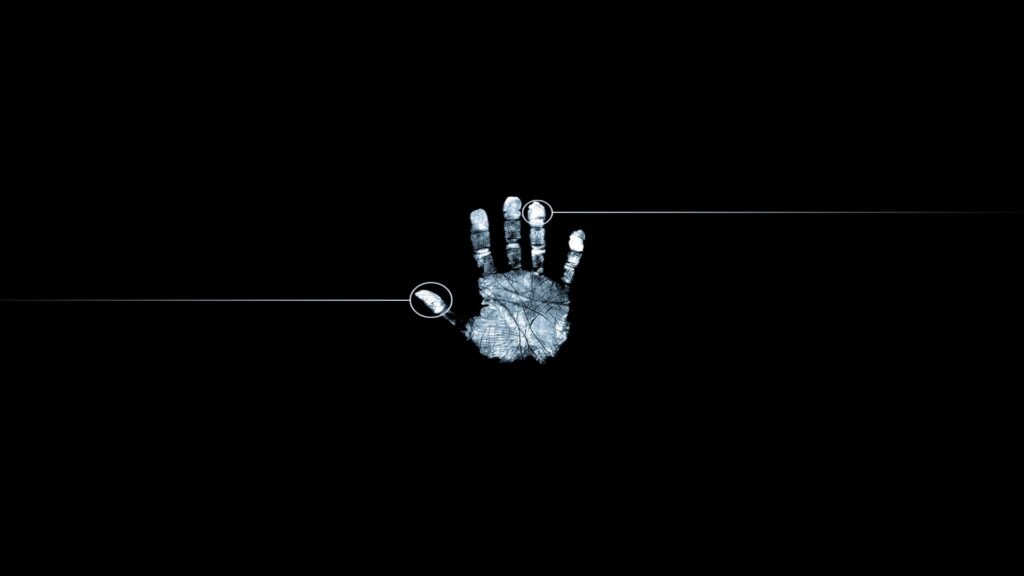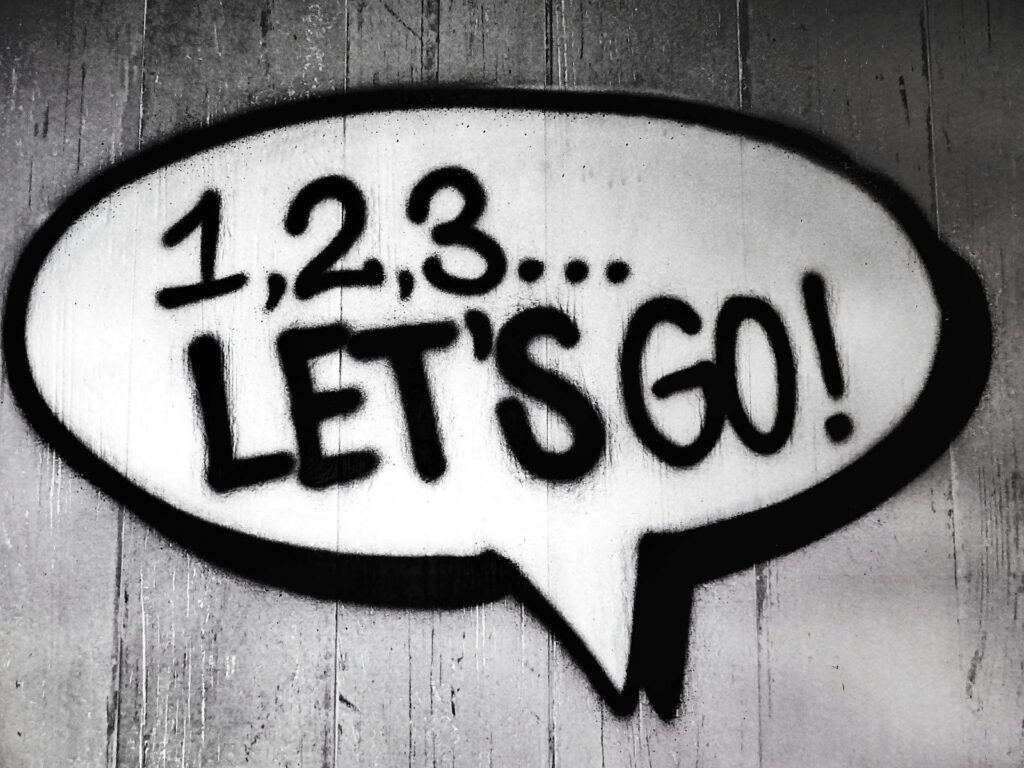TIPS AND TRICKS
EMOTIONAL BODYPARTS

Emotional Bodyparts

Characters can drive stories. Sometimes the characters become the stories and carry the performer into places they hadn’t expected.
When the mind follows the body, there’s always an interesting destination.
Instant creation of engaging characters is here at the tips of your explosive fingers and wild eyes and itchy feet and angry elbows!
Keith Johnstone’s “Emotional Bodypart” tip works on a few levels. It has as much to do with changing the body as it does with getting people out of their minds so that the character can take over.
While this isn’t technically a game, it can be taught as a game with the lasting understanding that it is a great tip to use anytime you are looking for a change of character or simply a character with a different physical presence than you might normally create.


BODY PART
Go backstage with your scene partner.
Each of you suggests a body part for the other.

EMOTION
Pick an emotion that they will add to that body part.
- confused elbows
- angry ears
- serious backbone

Character
Play your character in a way that you know you are playing the emotion and body part, but hide them slightly from the audience.
MAKING THIS WORK
You’ve picked a body part and emotion for your partner. She’s done the same for you. You start the scene as a couple on their 50th wedding anniversary.
She picked “HAPPY EYEBROWS” for you. You picked “FEARFUL KNEES” for her.
You don’t have to know what HAPPY EYEBROWS or FEARFUL KNEES are. There is no right or wrong. The suggestions are just anchors to give yourself a focus for the character.
IT’S IMPORTANT TO REMEMBER: The emotion you picked for the body part doesn’t have to be the emotion that the character has. The wife’s “FEARFUL KNEES” doesn’t mean she has to be scared or fearful. She could be a joyful old lady with these wobbly, little FEARFUL KNEES.
ALSO REMEMBER: the rest of your body will likely be affected by the emotional body part your partner picked for you. The HAPPY EYEBROWS might have the unattended effect of making the husband’s character stand straighter with an uncontrollable sway in his head. It’s normal and useful to let your body react in a way that feels natural to the emotional body part.
DON’T FORGET: You should feel the impact of the emotional body part and keep it constantly active. At the same time, hide it from the audience. That balance will stop it from being a crazy comic affectation but keep it alive as part of your character.
You could play this exercise as a game in class to get others to guess which body part and emotion you are dealing with. It might give you some feedback on whether you are playing it too hard or two soft. (and it’s fun for the others to try and guess if you had lazy legs or overbearing ears…)
In performance situations, ask someone for a body part and someone for an emotion before the show and then use it in scenes without telling anyone.
An added benefit is that it takes your mind away from intellectually controlling the narrative as you attend to the character. In so doing, the stories become easier.




0 Comments